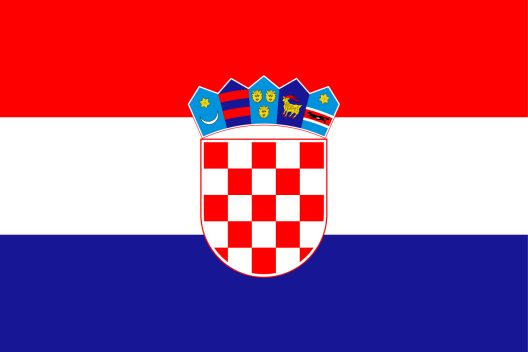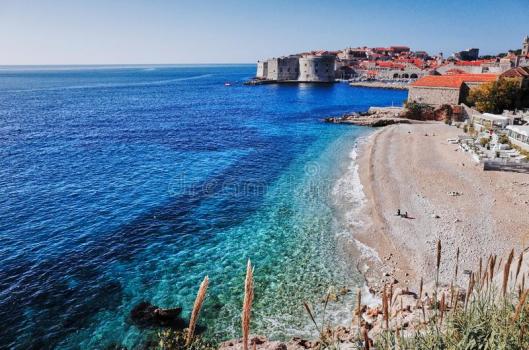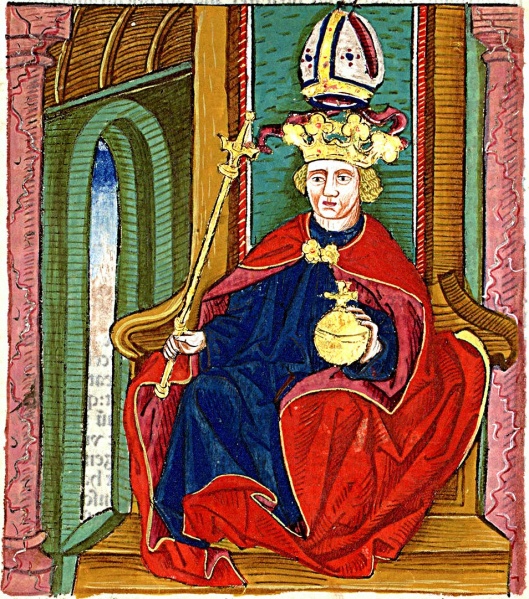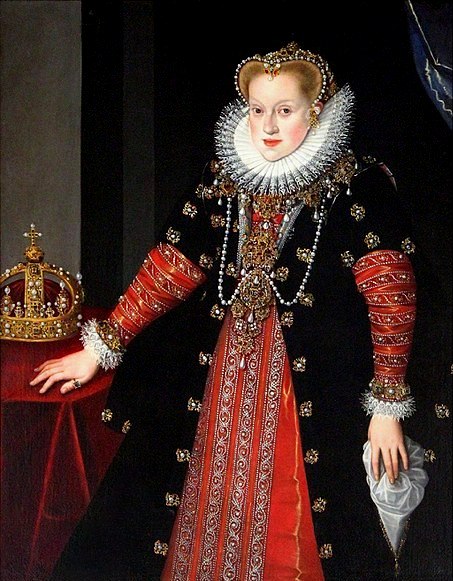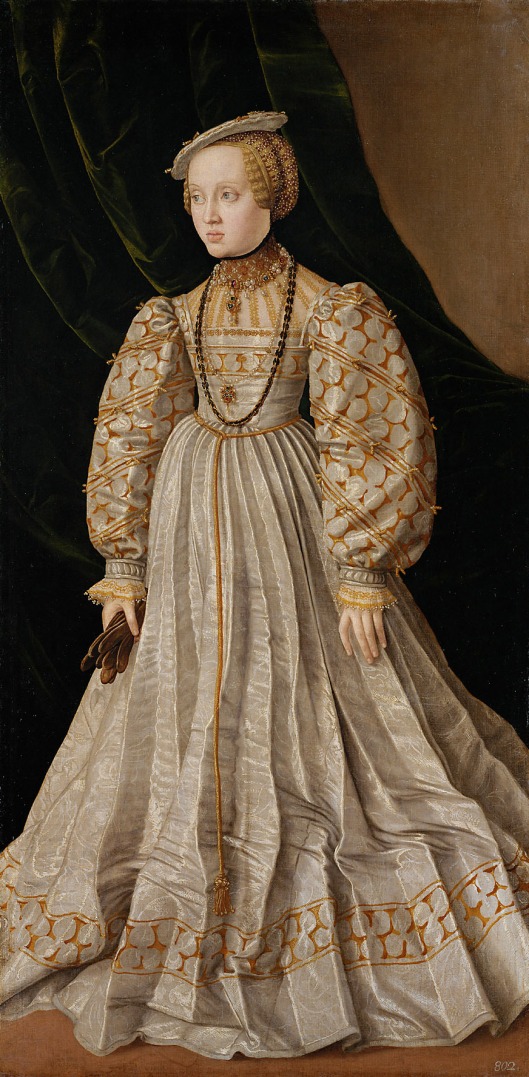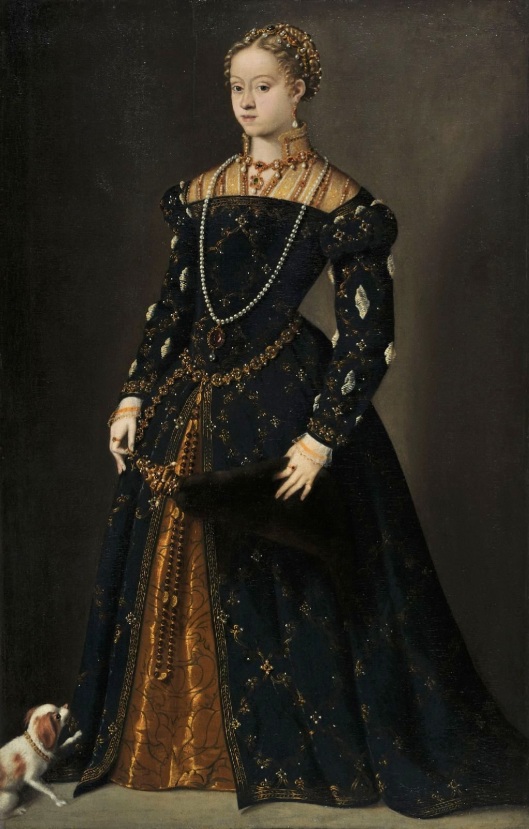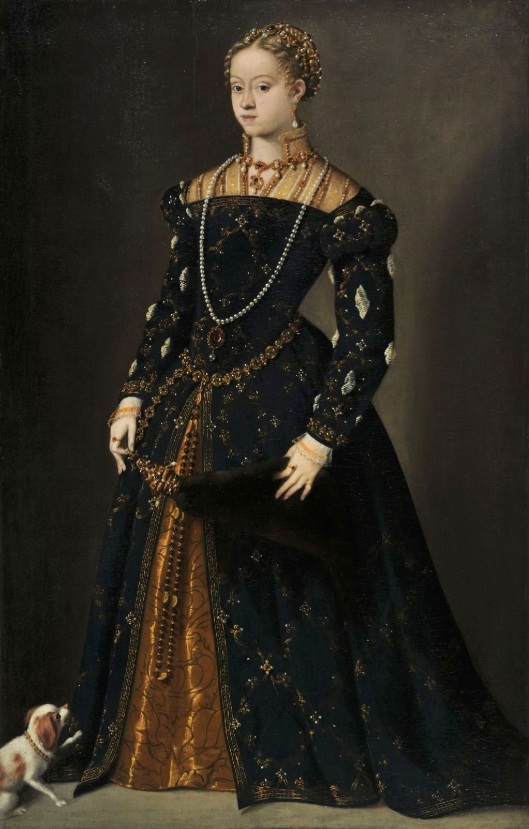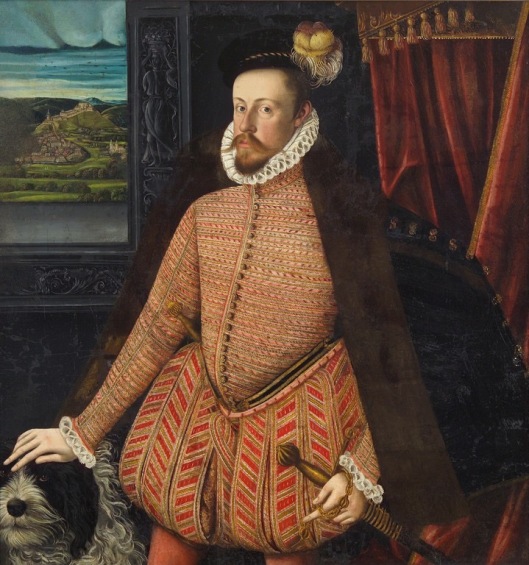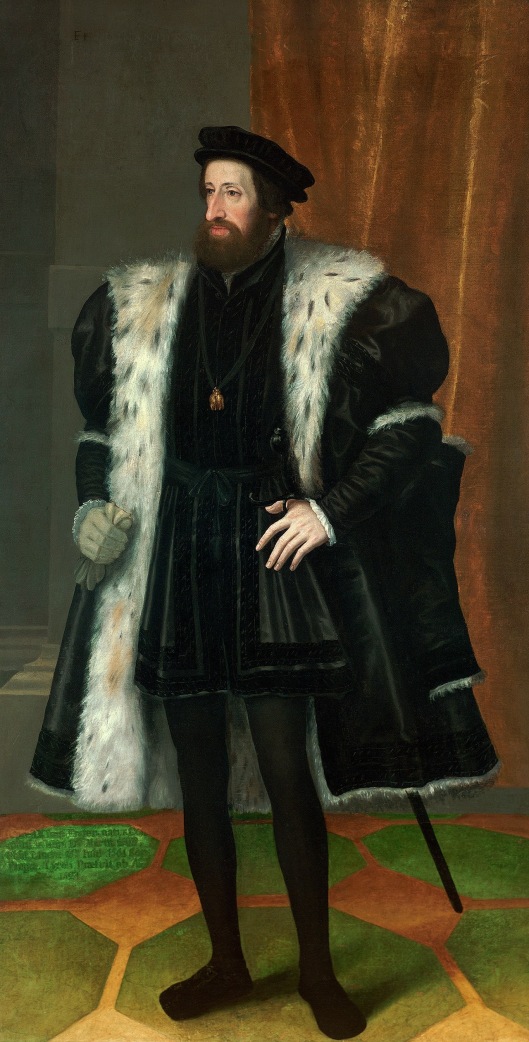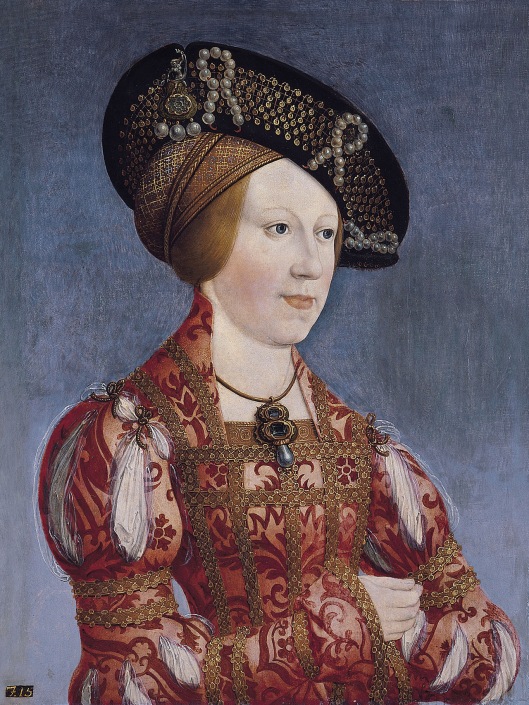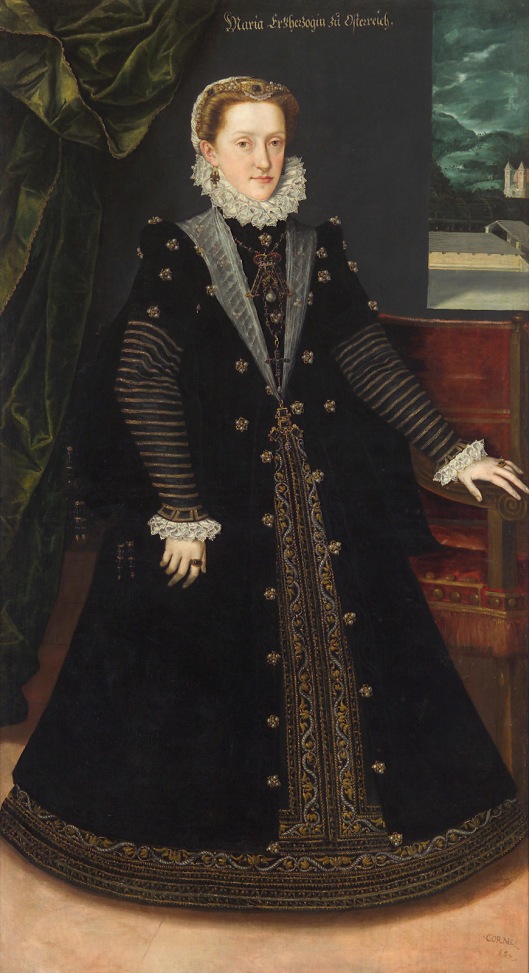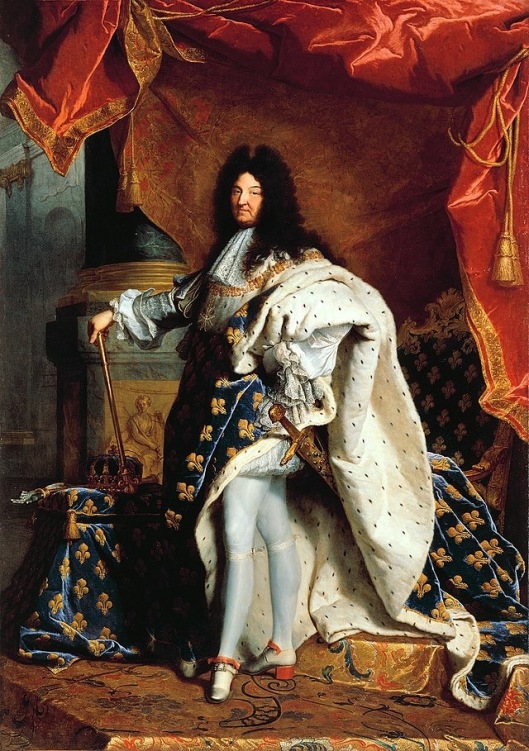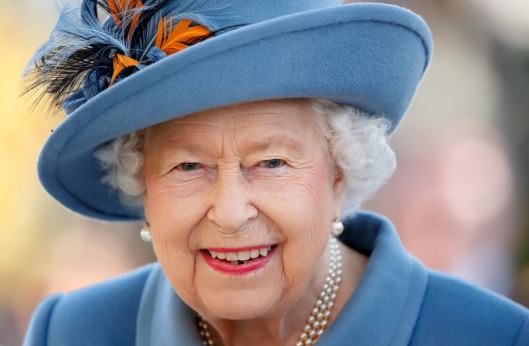Tags
Archduke Ferdinand I of Austria, Bohemia, Croatia, Holy Roman Emperor Ferdinand I, John Zápolya, King Louis II of Hungary, Pozsony Election, Princess Anne Jagiellonica, Voivode of Transylvania
Archduke Ferdinand of Austria was born in 1503 in Alcalá de Henares, Castile, the second son of Archduke Philipp of Austria, Duke of Burgundy (also known as King Felipe I of Castile) and Queen Joanna of Castile. He shared the same name, birthday (March 10th), culture and customs with his maternal grandfather, King Fernando II of Aragon and became the latter’s favorite grandchild.
Following his brother Charles’s arrival in Castile as newly appointed King Carlos I of Spain, previous autumn, Archduke Ferdinand returned in command of his brother’s fleet but en route was blown off-course and spent four days in Kinsale in Ireland before reaching his destination.
With the death of his grandfather Holy Roman Emperor Maximilian I and the accession of his now 19-year-old brother, King Carlos I of Spain, was elected as Holy Roman Emperor Charles V in 1519, Archduke Ferdinand was entrusted with the government of the Austrian hereditary lands, roughly modern-day Austria and Slovenia.
Archduke Ferdinand was the reigning Archduke of Austria from 1521 to 1564. Though he supported his brother, Emperor Charles V, Archduke Ferdinand also managed to strengthen his own realm. By adopting the German language and culture later in his life, he also grew close to the German territorial princes.
After the death of his brother-in-law King Louis II of Bohemia, Hungary and Croatia, Archduke Ferdinand ruled as King of Bohemia and Hungary (1526–1564). Ferdinand also served as his brother’s deputy in the Holy Roman Empire during his brother’s many absences, and in 1531 was elected King of the Romans, making him Charles’s designated heir in the empire.
Emperor Charles V abdicated in 1556 and Archduke Ferdinand adopted the title “Emperor Elect”, with the ratification of the Imperial diet taking place in 1558, while the kingdoms in the Iberian peninsula, the Spanish Empire, Naples, Sicily, Milan, the Netherlands and Franche-Comté went to Infante Felipe son of Emperor Charles V who became King Felipe II of Spain.
According to the terms set at the First Congress of Vienna in 1515, Ferdinand married Princess Anne Jagiellonica, daughter of King Vladislaus II of Hungary and Bohemia on July 22, 1515. Both Hungary and Bohemia were elective monarchies, where the parliaments had the sovereign right to decide about the person of the king.
Therefore, after the death of his brother-in-law Louis II of Hungary and Bohemia, at the Battle of Mohács on August 29, 1526, Ferdinand immediately applied to the parliaments of Hungary and Bohemia to participate as a candidate in the royal elections.
On October 24, 1526 the Bohemian Diet, acting under the influence of chancellor Adam of Hradce, elected Ferdinand, as King of Bohemia under conditions of confirming traditional privileges of the estates and also moving the Habsburg court to Prague. The success was only partial, as the Diet refused to recognise Ferdinand as Hereditary Lord of the kingdom.
The throne of Hungary became the subject of a dynastic dispute between Ferdinand and John Zápolya, Voivode of Transylvania. They were supported by different factions of the nobility in the Hungarian kingdom. Ferdinand also had the support of his brother, the Emperor Charles V.
On November 10, 1526, John Zápolya was proclaimed king by a Diet at Székesfehérvár, but was elected in the parliament by the untitled lesser nobility (gentry).
Nicolaus Olahus, secretary of King Louis II, attached himself to the party of Ferdinand but retained his position with his sister, Queen Dowager Mary. Ferdinand was also elected King of Hungary, Dalmatia, Croatia Slavonia, etc. by the higher aristocracy (the magnates or barons) and the Hungarian Catholic clergy in a rump Diet in Pozsony (Bratislava in Slovak) on December 17, 1526. Accordingly, Ferdinand was crowned as King of Hungary in the Székesfehérvár Basilica on November 3, 1527.
The Croatian nobles unanimously accepted the Pozsony election of Ferdinand I, receiving him as their king in the January 1, 1527 election in Cetin, and confirming the succession to him and his heirs. In return for the throne, King Ferdinand promised to respect the historic rights, freedoms, laws and customs of the Croats when they united with the Hungarian kingdom and to defend Croatia from Ottoman invasion.

